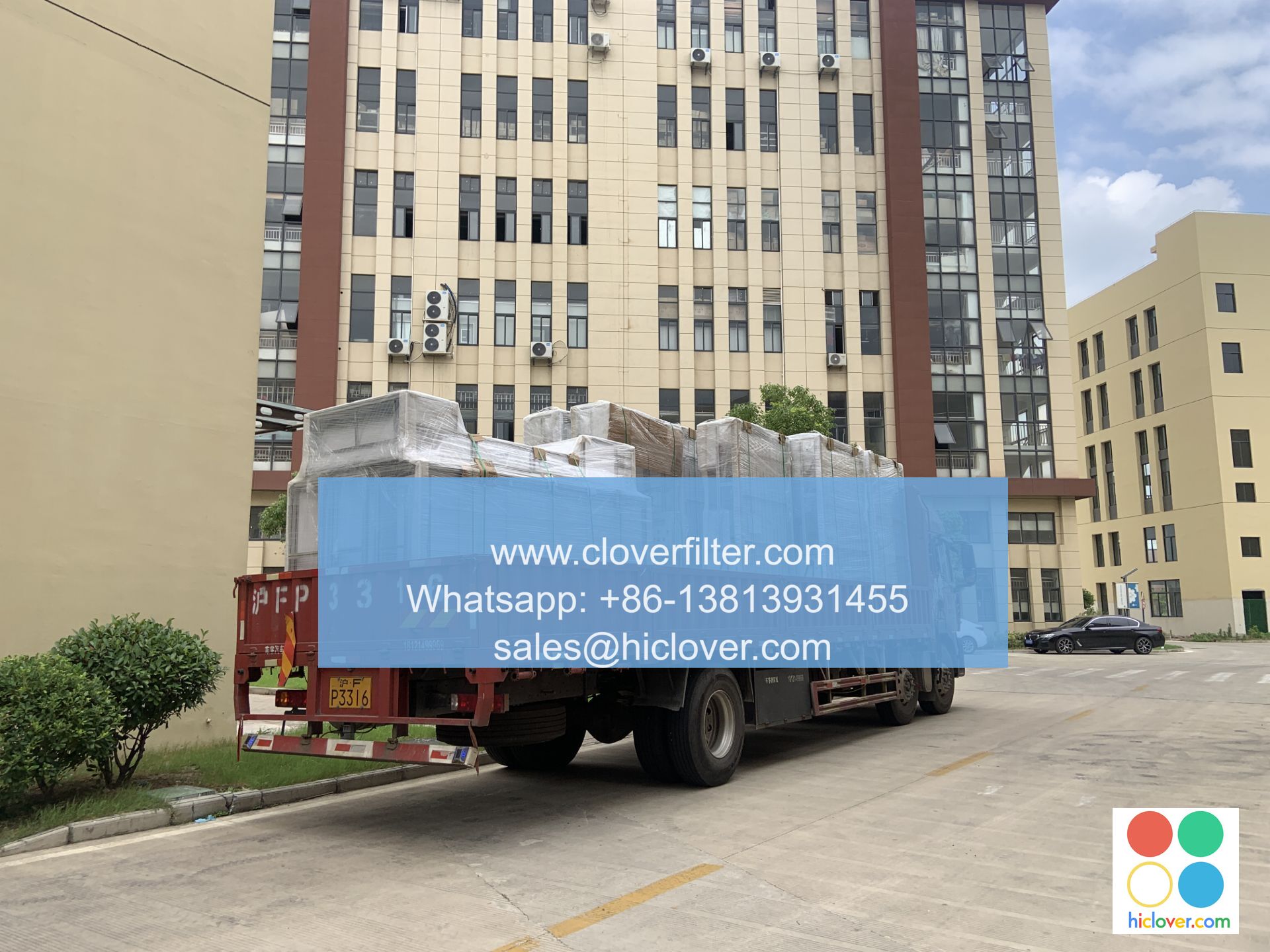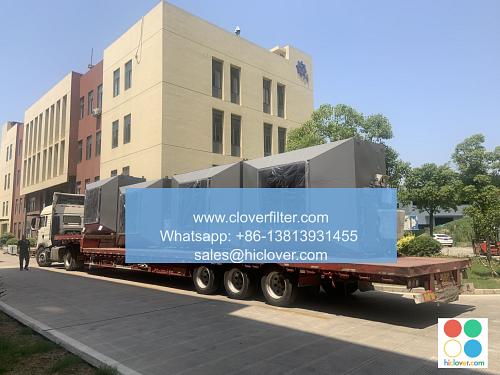Healthcare Facilities: Expert Advice on Air Filter Terms and Conditions

Healthcare facilities, including hospitals, clinics, and nursing homes, require a high level of air quality to ensure the health and well-being of patients, staff, and visitors. One crucial aspect of maintaining good air quality is the use of air filters. In this article, we will provide expert advice on air filter terms and conditions, highlighting various application areas and key considerations for healthcare facilities.
Understanding Air Filter Terminology
Before selecting air filters for healthcare facilities, it’s essential to understand the terminology used in the industry. Some key terms include:
* HEPA (High Efficiency Particulate Air) filters: designed to capture 99.97% of particles as small as 0.3 microns, including dust, pollen, and bacteria.
* ASHRAE (American Society of Heating, Refrigerating, and Air-Conditioning Engineers) standards: guidelines for air filter efficiency, including ASHRAE 52.2 and ASHRAE 170 for healthcare facilities.
* MERV (Minimum Efficiency Reporting Value) ratings: a measure of air filter efficiency, ranging from 1 to 20, with higher ratings indicating better filtration.
Application Areas in Healthcare Facilities
Air filters are used in various application areas within healthcare facilities, including:
* Operating rooms: requiring high-level filtration to prevent surgical site infections and maintain a sterile environment.
* Patient rooms: needing effective filtration to reduce the transmission of airborne pathogens and improve indoor air quality.
* ICUs (Intensive Care Units): demanding high-efficiency filtration to protect vulnerable patients from airborne contaminants.
* Pharmacies: requiring precise temperature and humidity control, as well as HEPA filtration, to maintain the integrity of medications.
Key Considerations for Healthcare Facilities
When selecting air filters for healthcare facilities, consider the following factors:
* Filter efficiency: choose filters with high MERV ratings and HEPA filtration to capture airborne pathogens and contaminants.
* Filter maintenance: establish a regular maintenance schedule to ensure filters are replaced or cleaned as needed.
* System design: ensure the air filtration system is designed to meet the specific needs of the healthcare facility, including airflow rates and pressure drops.
* Regulatory compliance: adhere to relevant regulations, such as OSHA (Occupational Safety and Health Administration) and Joint Commission standards, to ensure a safe and healthy environment.
Best Practices for Air Filter Selection and Installation
To ensure effective air filtration in healthcare facilities, follow these best practices:
* Consult with air filtration experts: work with experienced professionals to select the right air filters for your facility’s specific needs.
* Conduct regular filter testing: verify filter efficiency and performance using techniques like particle counting and aerosol challenge testing.
* Implement a filter replacement schedule: replace filters at recommended intervals to maintain optimal air quality and prevent filter degradation.
* Monitor indoor air quality: use indoor air quality (IAQ) monitoring systems to detect potential issues and optimize air filtration performance.
By understanding air filter terminology, application areas, and key considerations, healthcare facilities can create a safe and healthy environment for patients, staff, and visitors. By following best practices for air filter selection and installation, facilities can ensure effective air filtration and maintain compliance with regulatory standards. Prompt

